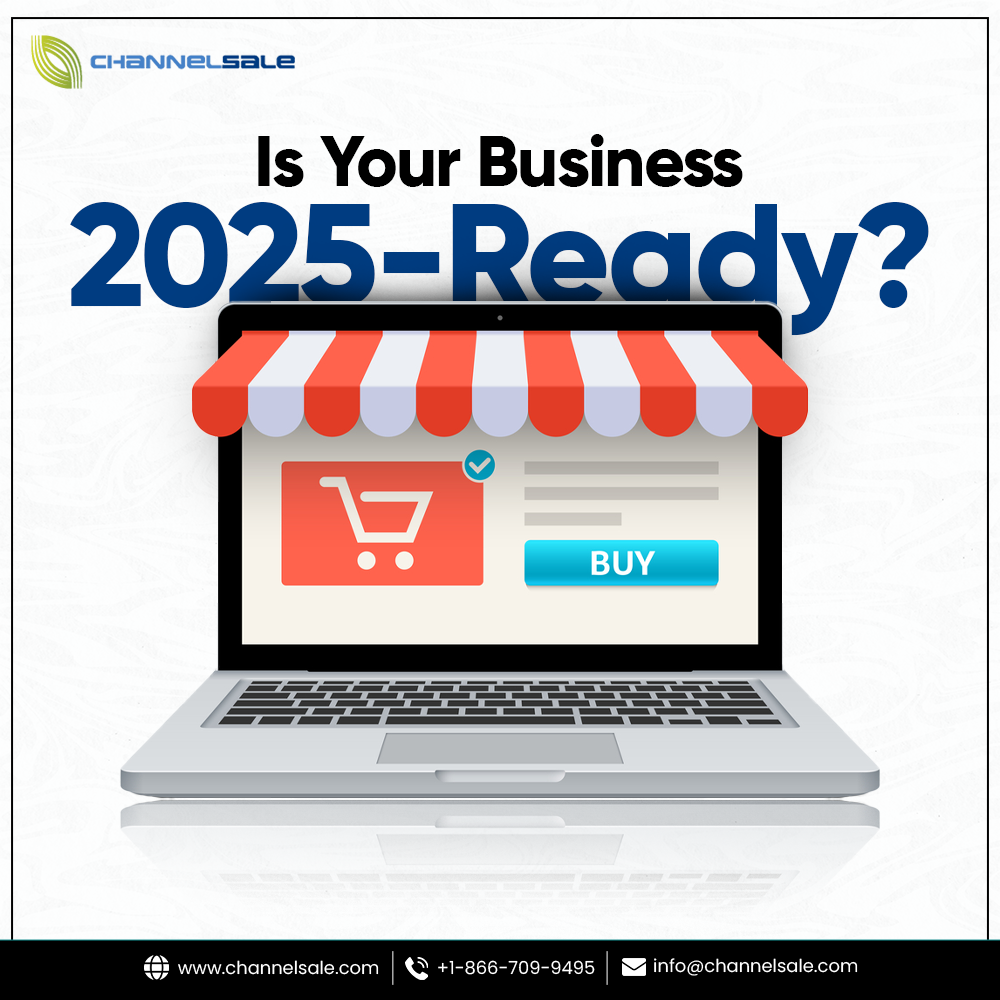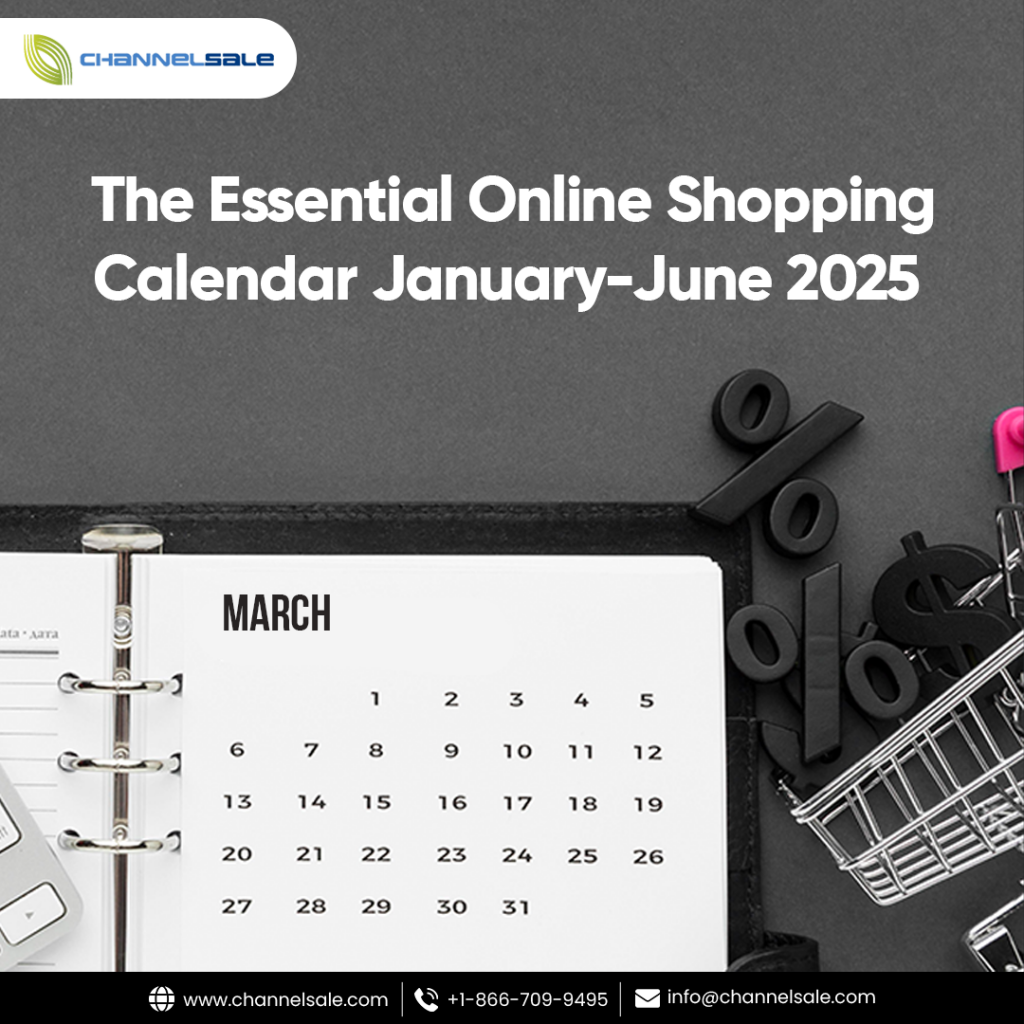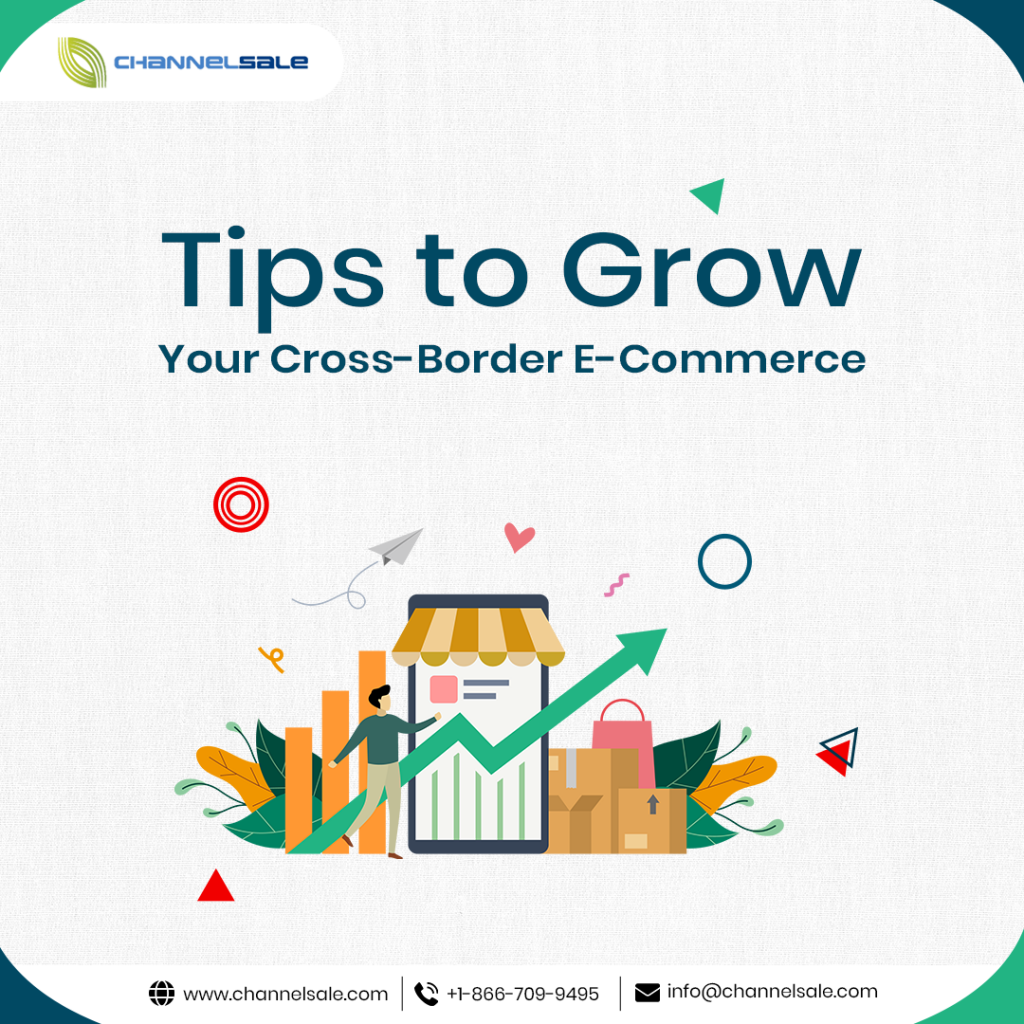VN:F [1.9.22_1171]
Rating: 2.7/5 (3 votes cast)

Black Friday & Cyber Monday (BFCM) are crucial dates for businesses and shoppers. After all, the dates mark the start of the holiday shopping season. It is an excellent time for all parties to make the most, be it available products, services, or money.
It is the perfect opportunity for businesses to boost sales and strategize sales promotions and discounts to attract customers. The revenues generated by retailers during these days have a significant impact on their annual profits. Take the case of Shopify merchants. In 2023, during Black Friday and Cyber Monday, online merchants on Shopify had annual sales of over $9.3 billion.
If you are an online merchant and want to make record sales, here’s a rundown of a Black Friday Cyber Monday 2024 prep checklist.
- Curate a Compelling BFCM Strategy
As a seller, you must curate the best and most effective strategies during the holiday shopping weekend to attract customers. You need to do your best. Strategies must make your sales and promotions as attractive as possible for potential customers, encouraging them to visit your online and/or offline store.
You can choose from a variety of strategies. You can upsell or cross-sell your products. You can target customers who have abandoned their carts to promote more checkouts. Other common tools include discounts and limited-time offers.
2. Extend the sales period
While the weekend is usually busy for most online sellers, you can strategize and extend the sale period. For example, you can start the sale process a few weeks before BFCM or a month before. If you have a physical store, promote something special for in-person shoppers.
The National Retail Federation and Prosper Insights & Analytics mention that almost 56% of US shoppers indulged in shopping sojourns during the pre-Thanksgiving promotions and sales. You need to roll out your marketing communication well in advance – as early as possible.
3. Keep Your Loyal Customers With You
This is the key to improving your sales – acknowledge the contribution of your loyal customers. By keeping them with you, the chances of losing them to competition are minimized. To reward your loyal customers, you can increase rewards with tiered spending or offer additional discounts. Customers who visit your store early for Black Friday sales can be given bonus points. Friends and family referrals can also be rewarded. Design a customer loyalty program to award points to your existing loyal customers. Start your email marketing early to boost customer engagement and make your brand stronger with word-of-mouth publicity.
4. Indulge in Multi-channel Sales
Selling on multiple channels using high-end services from ChannelSale is one of the best strategies for an online seller, especially during BFCM. If you are already selling via different channels, this is the time to earmark the ones giving the most fruitful returns.
If you have yet to leverage other channels, you need to create more attractive propositions. Integrate and sync your inventory and product categories for best results. ChannelSale provides the best solutions for these purposes. Use the power of social media like Facebook or Instagram to multiply your reach and create channels for more sales. Create special holiday ad campaigns for all channels.
5. Start Your Email Marketing Campaigns Early
Email marketing is one of online and offline sellers’ most trusted marketing tools. If you seek to build and grow your sales during the BFCM weekend, you need to start working on your email marketing plan early. This involves planning and creating the content and scheduling the emails in advance.
You also need to invest in other technicalities. For example, you need to optimize your brand website so that visitors always have information about weekend sales. Let your site collect information related to emails much in advance. Promote sign-up pop-ups on different store pages. Strategize to attract visitors to sign up for sales and promotions.
Personalized email campaigns help with brand recognition. Try to use the customer’s first name. Give proper subject lines and include offers that attract product recommendations based on each customer’s purchase history. ‘Warm-up’ emails need to go out early, just like teasers.
After the sale ends, remember to thank them. This will help strengthen your bond with your customers.
6. Seek Out International Markets
Black Friday is as popular in Europe and Australia as in the US. A survey reveals that in 2023, the UK, Australia, and Germany were the top three countries registering high BFCM sales other than the US. Use an online platform that supports different languages, currencies, payment methods, and domains to reach out to international markets.
7. Use Tools to Forecast Seasonal Demand
You may not want to promote all your products for BFMC. In this case, it is crucial to identify the products well in advance and start the procurement work for production. Forecasting tools from ChannelSale.com can be of great help. Predictive analytics and AI based tools leverage past and present data to help sellers in decision-making. Additionally, specialized inventory management features of the platform help optimize your inventory to meet the increased demand during the weekend. You can also try the ABC Analysis to segregate your top and least selling products. Consult a specialized sales growth executive at ChannelSale.
8. Follow a planned sales map
Just like every other big thing, being organized helps. For BFCM, you can use the Google Sheets or even Microsoft Excel to stay organized. Prepare a schedule for the holiday season and use a date range for all promotions.
9. Decide your shipping strategy for the holiday weekend
With increased sales during the busy season like BFCM, you need to be well-prepared with a robust shipping strategy. This is the time to include special offers like discounted shipping rates to attract customers for bigger sales orders. As per a survey review, about 62% of shoppers look for free shipping deliveries to happen within 3 days of placing orders. You need to partner with the best in the business for faster turnaround times. Take care to mention the shipping policies on your site and include the same in your emails too.
10. Reach out to your past customers
It is crucial to keep your loyal customers with you but don’t forget the ones who had bought from your store in the past. Develop a retargeting strategy with the right tools. You can also look at reaching out to people that visited your site earlier but didn’t buy or left the cart midway. You will need to invest less to re-engage with such visitors as they already know your brands and products.
11. Make your checkout experience stand out
Customers today do not want experiences that are delayed or want them to wait. That is why, you need to work around your checkout experiences. Else, the conversion rates can get affected. Use checkout services from trusted brands like Apple, or Google to make things faster for your customers.
12. Optimize your store to handle the increased traffic
BFCM weekend means that you are expecting a surge in traffic. Ensure that your site loads faster and offers easy-to-navigate features. Use the right tools to test the loading speed of the pages. Have a technical team assess the architecture and layout of the site. Remove unrequired tools or pop-ups that can leave customers frustrated. Build in clear Click to Actions (CTAs) to promote faster reaction from visitors.
13. Create buyer-friendly return policies
Buyers may want to return or exchange items. Make it easy for them to do so, especially for the holiday season. A survey found that 87% of buyers look for free returns when choosing an online store. Ensure that the return policy is clearly drafted and published on your site. To avoid complications, use a proven returns management system for a hassle-free experience.
14. Prepare yourself for the worst case scenarios
You need to be prepared with a ready-to-use strategy in case things do not go as planned. The contingency plan should address all kinds of scenarios so that you do not get busy troubleshooting during the holiday season, taking up all your time and energy.
15. Use analytical tools for better insights
Remember, an online seller’s best weapon during the BFCM season is the analytical tool to leverage data. All your marketing efforts should be based on data analytics. ChannelSale.com offers you a centralized dashboard to throw light on key metrics like inventory, stocks, product listings etc., and provides other analytical reports to understand the sales and traffic-related metrics. Such data will reveal important aspects like – from your visitors are coming, which states or regions are generating more sales, which product categories are being clicked more, etc.
16. Strategize for repeat sales
BFCM is the right time to plan to attract shoppers year-round. The seasonality of Black Friday and Cyber Monday should be cleverly used to develop strong bonds with all your buyers. Strategize to keep them engaged. Use social media and email marketing to keep them informed about your activities and re-engagement.
17. Rework on your e-store site
Nothing can be better to promote the holiday season sales than your e-commerce site. Make sure that the homepage of your online store is not just optimized for the search engines but also for human sensory elements. It means you need vivid and interesting visuals and creatives to attracting traffic and keep them engaged.
18. Make your site mobile friendly
As per data, mobile purchases in BFCM 2023 was at 72% of the total sales while desktop sales was at 28%. It clearly indicates that buyers are more comfortable using their smartphones when shopping online. Make sure that your store is optimized and mobile responsive.
19. Focus on conversions
Simply getting traffic to your online store is not enough. You need to work towards converting the visitors for the money to keep trickling. Take help of tools that let you work on the e-commerce conversion rates in your business vertical.
One strategy that works well is the buy now, pay later (BNPL) strategy. A survey says that almost 35% buyers use the BNPL features when shopping online.
20. Chatbots can be of great help in conversions
Chatbots, operated via AI, can keep your e-commerce business working 24×7. They can help customers with queries, and navigate your site. The more friendly the interactions are, the better the chances of converting random visitors into buyers. Also, add chat windows and FAQs to make the work easier for shoppers.
21. Let your back office be ready for BFCM sales
Optimize your fulfillment workflows so that it is not a problem handling orders for your back office. Make sure your fulfillment areas are organized, and your local delivery agents have clear communication. Prepare your order priority in advance for faster processing. Hire additional staff or take help from friends if need be. Use ChannelSale.com to group orders by product type – this will help save time in preparing the orders for delivery.
22. Ensure your brick-and-mortar store is well-prepared to handle the rush
Use the right POS to sync orders from your online and physical store. If you do not have a physical store, you can partner with a local retailer for BFCM sales.
23. Focus on customer support services
Since the customer is the king, ensure that you have the right people onboard to offer fabulous customer services during this rush period. Your team should be courteous, responsive, and prompt. Communication should be flawless and your team has to be great at resolving problems. Training helps in this regard.
24. Learn from mistakes
Once the BFCM season is over, you need to look back and analyze what worked and what did not. The lessons learned can be an excellent basis for strategizing for the holiday season next year. You need to impartially review strategies and document the lessons for the future.
Key Takeaways
Planning is the key to getting it right with your Black Friday & Cyber Monday sales success. Use these 24 pointers in your checklist to create a successful BFCM strategy. With a strong plan, you will be all set to succeed this upcoming holiday season.
VN:F [1.9.22_1171]










